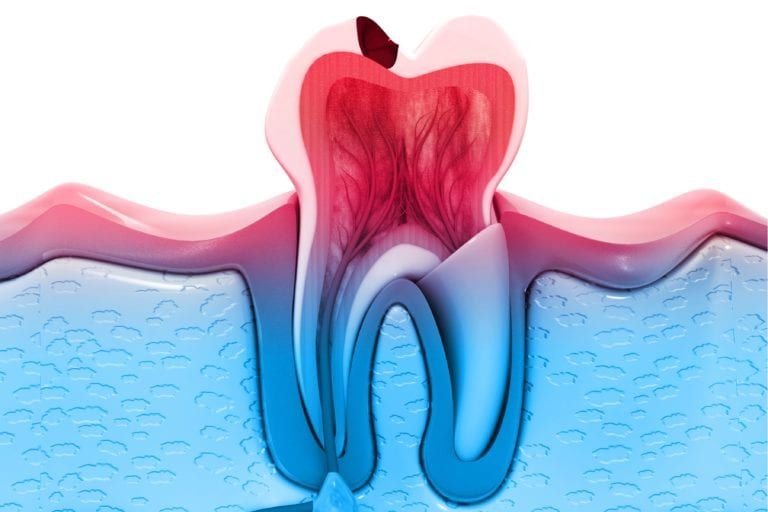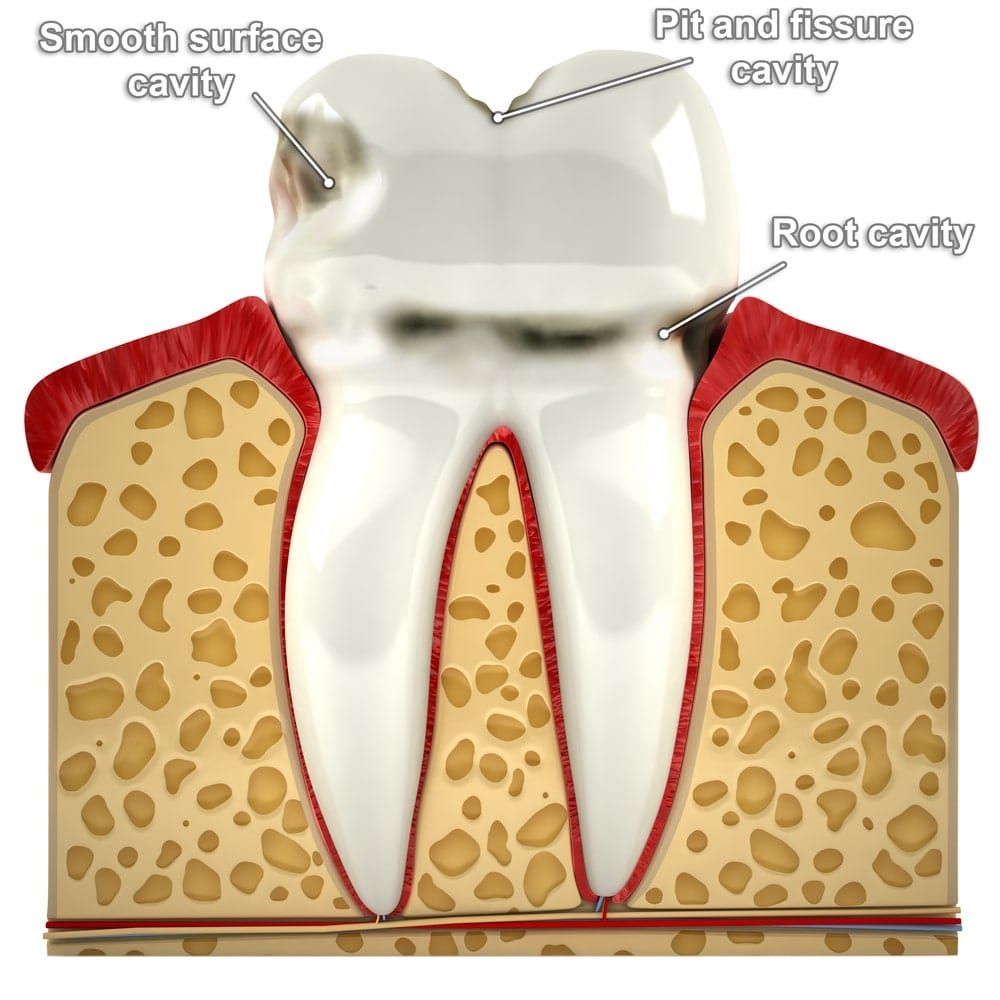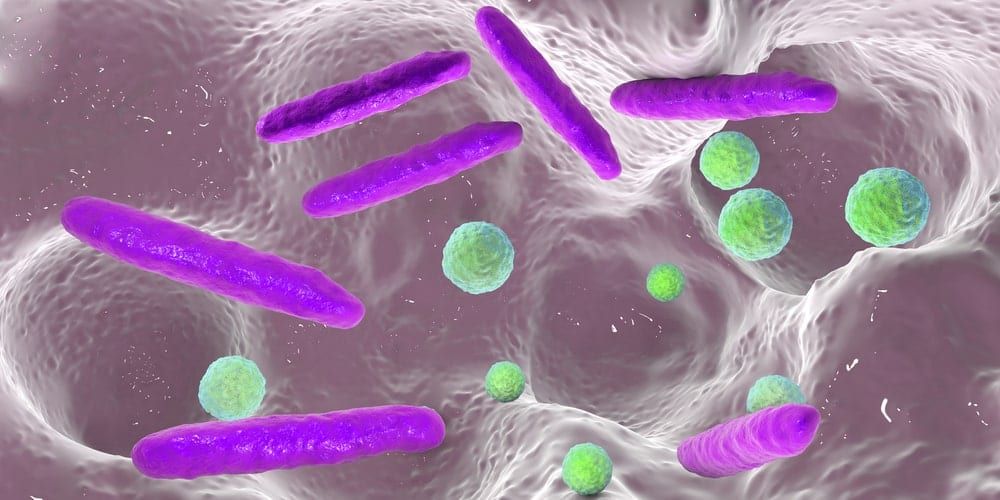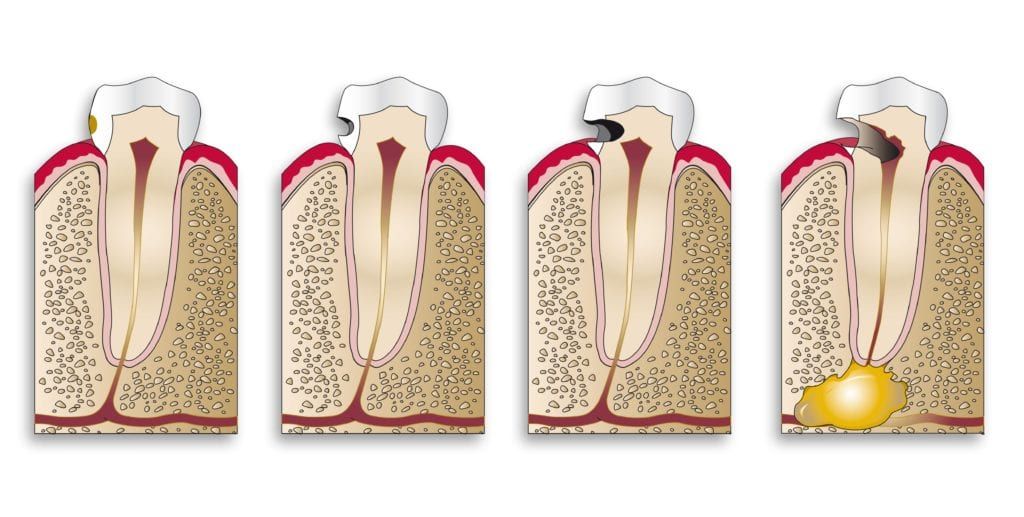Cavities 101

If an apple a day keeps the doctor away, then brushing twice a day should keep the dentist away, right? While brushing twice a day is definitely important for maintaining your oral health, keeping your dentist close is another important step to maintaining your oral health. Perhaps one of the greatest for this is because your dentist can detect potential dental problems, like cavities, before they can cause too much damage.
At Appletree Dentistry, we believe that you should have your apples and eat them too. Meaning, we want you to provide you with the best preventative dental care while also helping you to understand why this care is essential. One main reason for regular dental visits is to prevent and manage the occurrence of dental cavities. Out of all the dental issues, cavities are one of the most common dental issues that affects almost every person at some point in their lives.
To create a defense against cavities, it is important to first have a thorough understanding about what they are, how they form, how they affect your oral health, and how they are treated. Having an understanding about cavities can ultimately make it easier to prevent them, or at the very least it can take away some of the mystery surrounding them.
Lesson One: What is a Cavity?
Our first lesson is rooted in vocabulary and history. The english word “cavity” is derived from the latin word “cavus” meaning “hollow or concave”. Appropriately, Merriam-Webster’s dictionary defines cavity as “an unfilled space within a mass, especially a hollowed-out space”. When applied to dentistry, a cavity literally means a hole in the tooth caused by decay.

Furthermore, there are three different types of cavities depending on where this hole in the tooth is located. The three different types of cavities that can occur are pit and fissure, root, and smooth surface. Pit and fissure cavities are located within the pits and fissures, or grooves, on the tops of molars. Because the tops of molars have such a detailed, textural landscape that makes them hard to properly clean, pit and fissure cavities are one of the most commonly-occurring types of cavities.
Root cavities are also fairly common, especially in older adults, seniors, and those afflicted by gum recession. Root cavities form on the tooth roots when the surrounding gum tissue has receded away from the tooth. Because tooth roots are normally protected by the gums, the enamel is much thinner than on the crown and decay can occur at a faster rate than usual.
Finally, smooth surface cavities are those cavities that form on the smooth surfaces of teeth, such as on the front teeth or on the sides of the back teeth. These cavities are not as common because regular brushing usually discourages them from forming. However, they can occur in those individuals who don’t brush regularly or properly.
Now that we understand the vocabulary surrounding cavities, let’s take a look at how history defines cavities. The earliest definition of a dental cavity came from the Babylonian and Chinese civilizations from as early as 1000 BC. During this time, it was believed a worm that drank tooth blood and fed upon tooth roots was responsible for cavities. Over time as humanity began to learn more about what cavities were, they realized that it wasn’t a worm that caused cavities, rather it was a naturally-occurring bacteria.
Lesson Two: How do Cavities form?
This brings us to our second lesson on how cavities form. This lesson is rooted in mathematics, biology, and chemistry. Don’t worry, we’ll keep it simple. Let’s begin with the simple mathematical fact that states a whole is a sum of its parts. Now in this case the whole is literally a hole (cavity), but nevertheless it exists because all the necessary parts made it so. But, what are these parts and how do they interact to form a cavity?
For a cavity to form, there needs to be at least three things present: tooth enamel, bacteria, and sugar. Both tooth enamel and bacteria are a natural part of the human mouth, so those are always available. The next thing is sugar, which is not always inside the mouth, but can be introduced to the mouth via certain foods and beverages. Once you have all three present, they can “combine” in a sense to create the ideal environment for a cavity.

Now the other thing that creates the perfect environment for a cavity is a lack of disruption. For example, if one does not regularly floss between their teeth, then the area between their teeth becomes ideal for cavity formation because the bacteria growing here are rarely, if ever, disrupted. This means that once all three things are present, combined with the fact that the area is never disrupted, a cavity can easily form and grow.
Okay, here is where we will get into the biological lesson. The bacteria in your mouth are living organisms themselves. From a biological standpoint, that means that they must eat and excrete waste to continue living, just like us humans. The bacteria responsible for tooth decay are called Streptococcus mutans and Streptococcus sobrinus, as well as lactobacilli. These bacteria love eating sugars and carbs, so the more sugar you consume, the more you are feeding these bacteria.
Because they are living things, however, eating is only one side of the equation. The problematic part of the equation isn’t necessarily what they eat, it’s what they excrete. In case the simple thought of bacteria excreting in your mouth wasn’t gross enough on its own, we also need to consider the effect their excrement has on your teeth.
This is where the chemistry comes in. The waste products produced by bacteria are extremely acidic. If you have ever studied chemistry before, or if you’ve ever dealt with products such as vinegar, citrus foods, carbonated drinks, or batteries, you know that acidic substances can be corrosive. That is, they can wear down any material they come in contact with.
Even though tooth enamel is extremely strong, when combated with constant acid attacks, the enamel will begin to wear down. If you consider a cavity forming in an area with little disruption, this means that every time you eat, your teeth are essentially being attacked with acid. Over time, the enamel will begin to wear away and a hole, or cavity, will remain in its place.

Lesson Three: Prevention
As we learned in the previous lesson, cavities are nothing more than the sum of their contributing factors. With this, the best preventative method is to remove or minimize the contributing factors. Now tooth enamel cannot be removed. Bacteria can also not completely be removed either, but it can be minimized. Daily oral hygiene such as twice daily brushing and daily flossing can keep bacteria at a minimum.
Additionally, regular dental cleanings with Dr. Simpson can also control the amount of bacteria in your mouth. Furthermore, regular brushing and cleaning also makes it harder for bacteria to be undisturbed, meaning that less acid will be released on that area of the tooth. It is also important to reduce your sugar consumption, since sugar is the main food source of bacteria. This will also help control the bacteria population as well as the amount of acid being excreted.
For simply great dental care, schedule a consultation with your Tigard dentist, Dr. Scott T. Simpson of Appletree Dentistry today!



